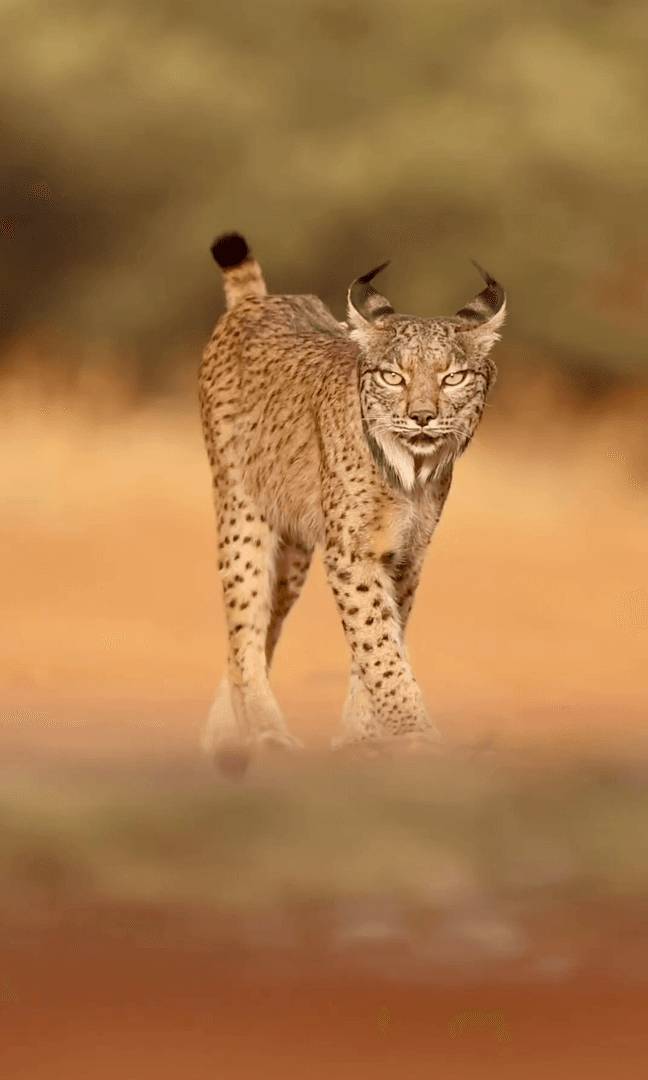
Temporadas, tradiciones y datos de interés, demografía y características de la caza: la Isla de Juan Fernández Características geográficas y naturales: mapa vital de las tierras de caza El archipiélago está formado por tres islas principales: Robinson Crusoe (antigua Mas-a-Tierra), Alejandro Selcourt (Mas-a-Fuerra) y la pequeña isla de Santa Clara. La superficie total es de unos 185 kilómetros cuadrados. La singularidad del ecosistema queda confirmada por su condición de Reserva de la Biosfera de la UNESCO. Alberga muchas especies endémicas de plantas y animales. El relieve montañoso, con altitudes de hasta 915 metros, crea una variedad de zonas microclimáticas. La rica flora incluye más de 200 especies vegetales, de las cuales 126 son endémicas. Las siguientes características son importantes para los cazadores: - Diversidad de paisajes: desde llanuras costeras hasta laderas montañosas. - Clima marítimo moderado con inviernos suaves y veranos frescos - Humedad elevada y nieblas frecue
Post: 20 June 06:10















































